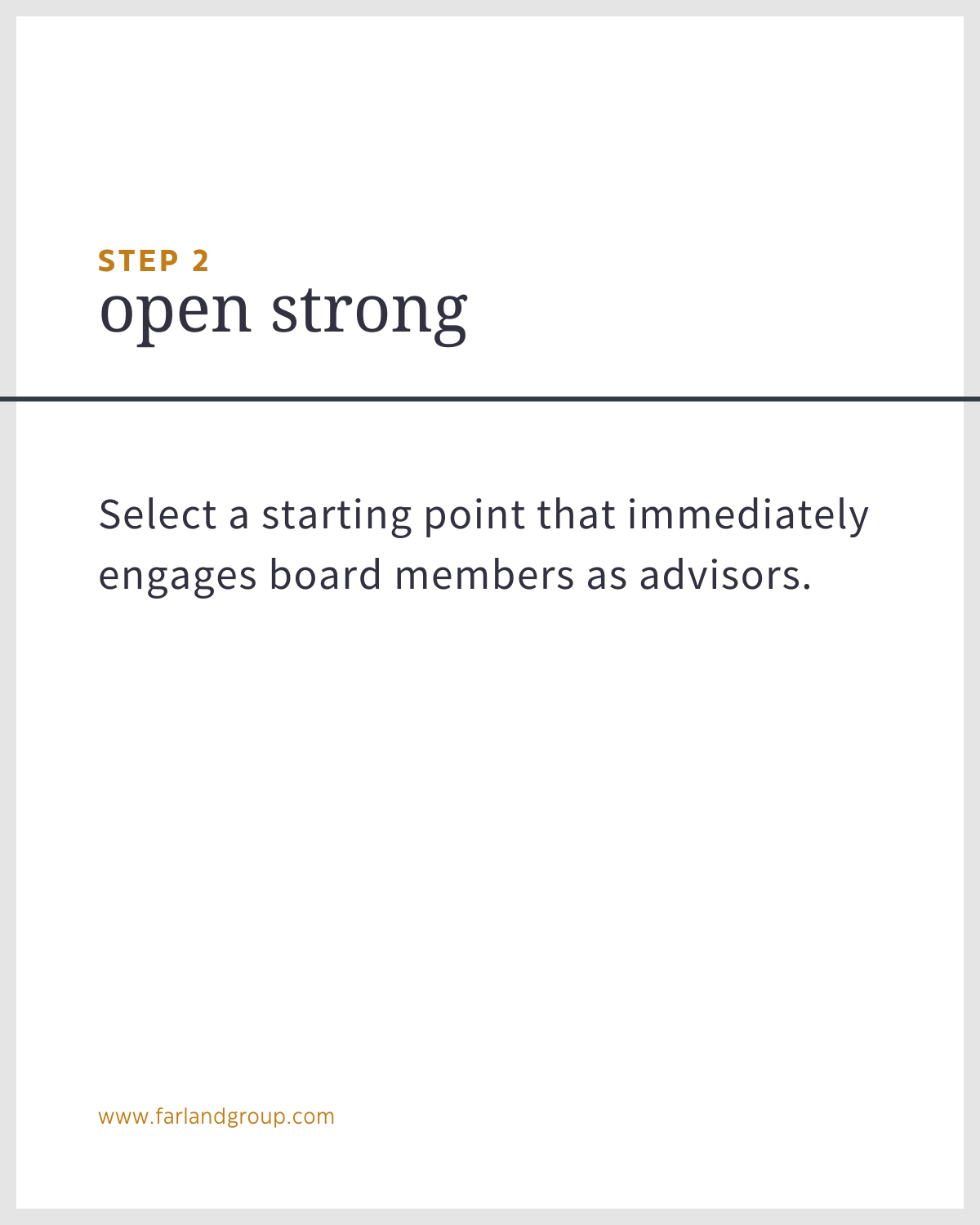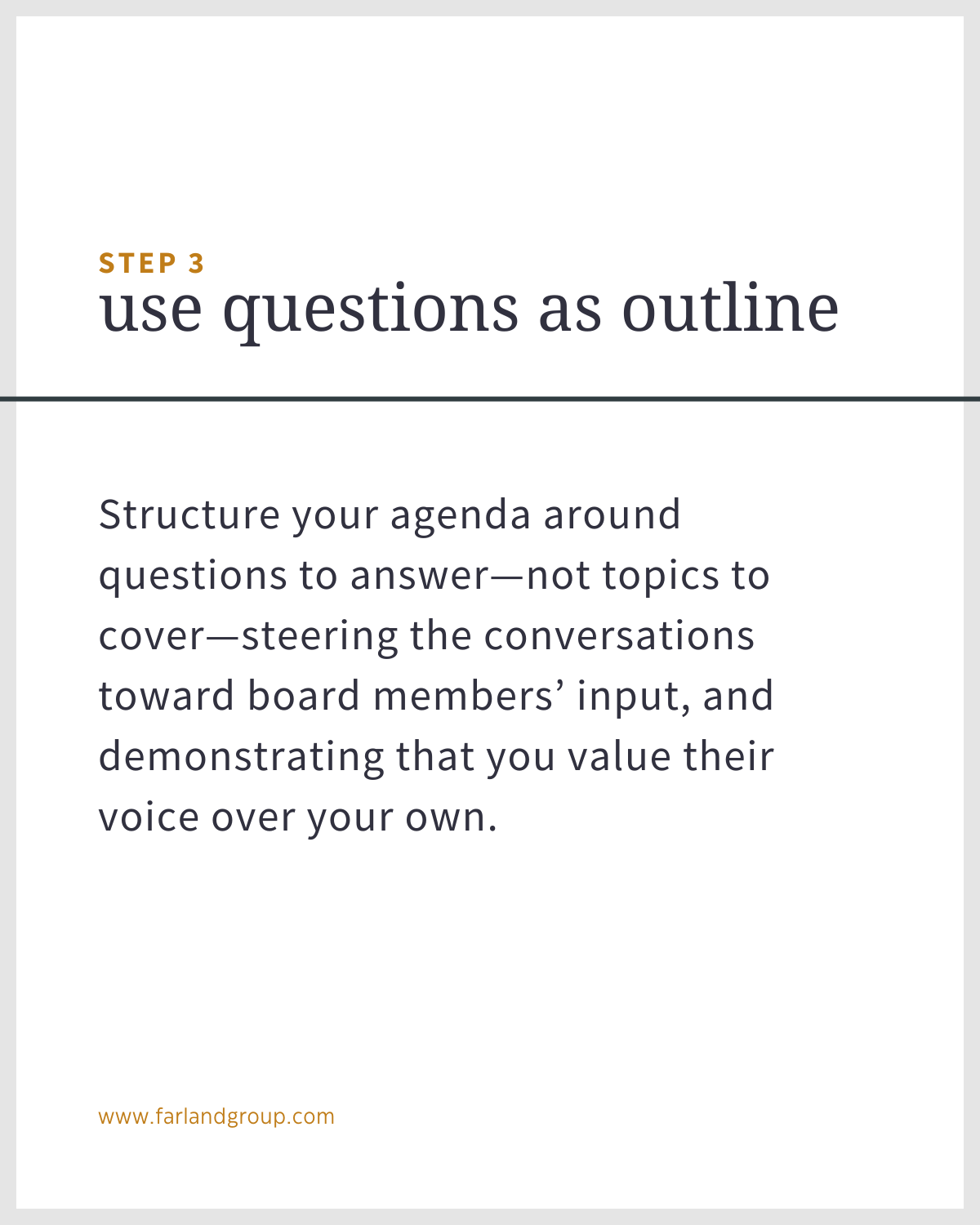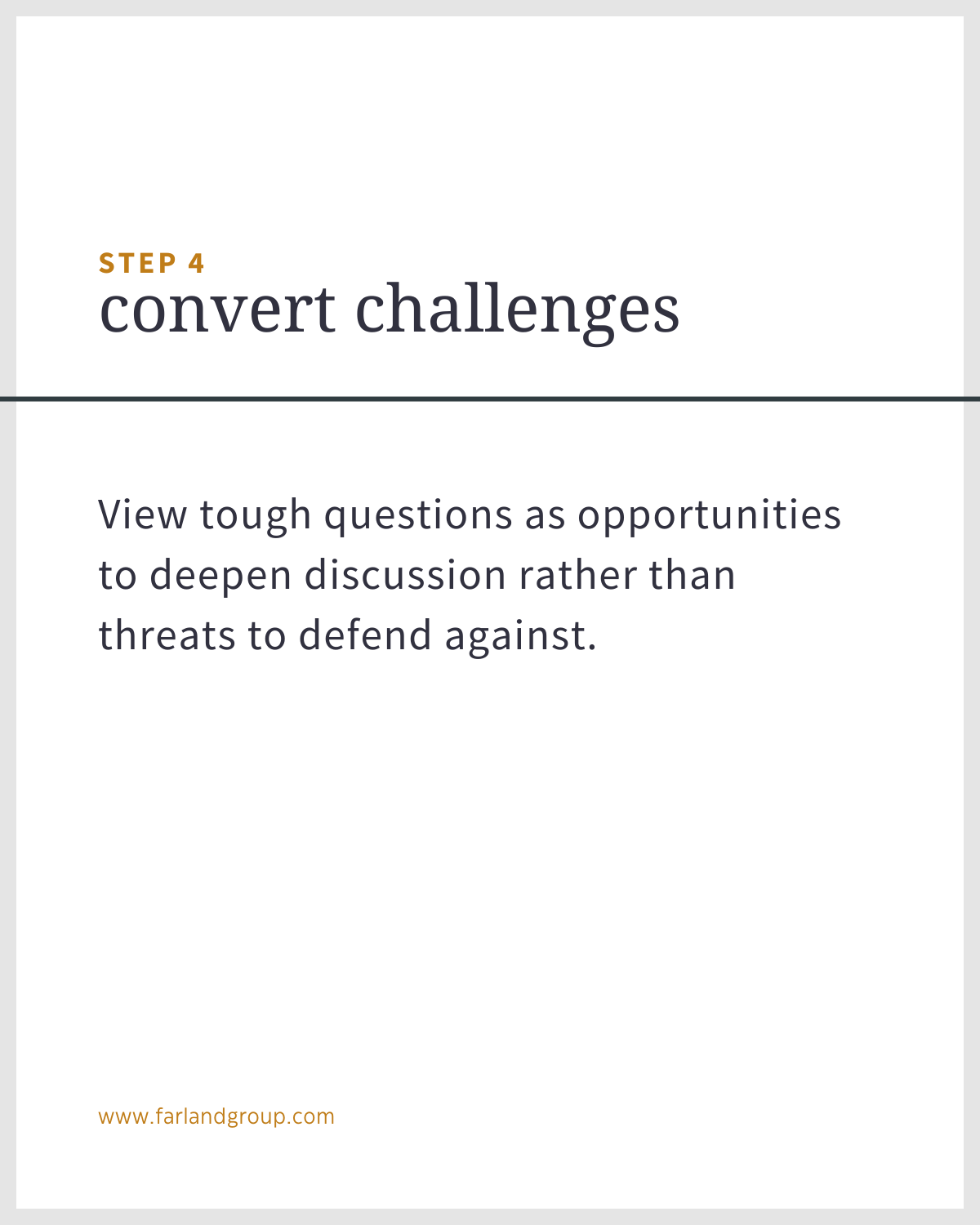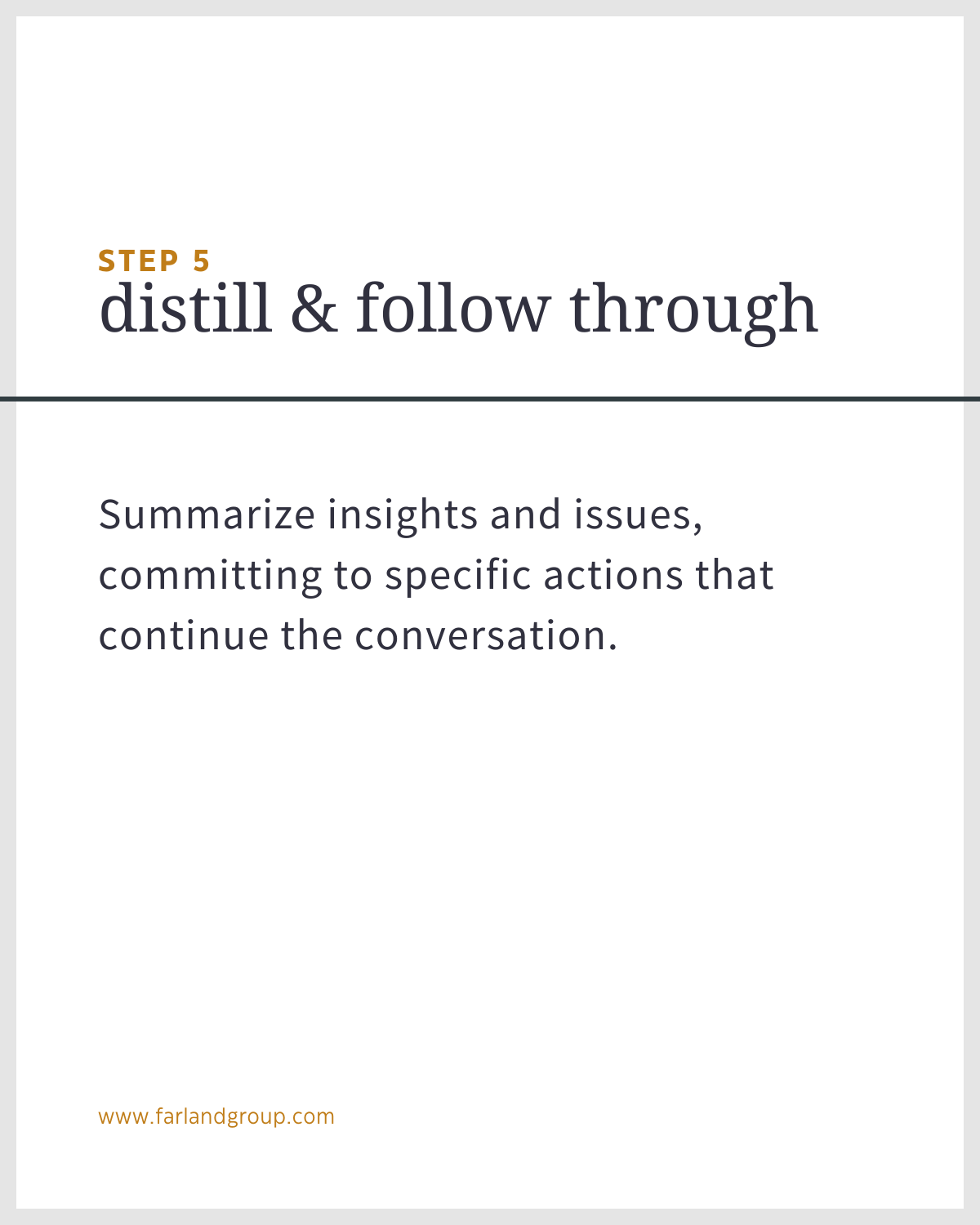Stop Selling, Start Seeking Advice: The Executive's Guide to Advisory Board Discussions
Most executives spend their time at client meetings in one of two modes, demonstrating how their expertise and experiences will…
a) solve the client's specific problem (selling) OR
b) make a problem/crisis stop quickly (firefighting).
Neither of these modes—selling or firefighting—require an executive to seek advice.
Instead, these status quo styles set them up to play "the smartest person in the room," showcasing their brilliance to make things better or identify new opportunities.
Customer advisory board meetings do not reward this approach.
The most effective advisory board presentations aren't presentations at all. They're discussions.
Discussions seeded with a series of hypotheses and structured around questions that enable the board to respond, provide advice, and share experiences.
But when you spend the better part of your days in these sales and firefighting modes, it can be particularly challenging to change tacks.
If you're an executive or team about to host a session at an advisory board, we offer five steps to switch gears, design an energized, constructive conversation, and get the advice you came for.





Before you begin: Cultivate an advice-seeking mindset.
The most effective advisory board leaders approach their sessions with a fundamentally different mindset than they bring to sales calls or crisis meetings. This mental shift—from presenting solutions to seeking counsel—creates the conditions for truly valuable board discussions. Consider these core principles:
Embrace curiosity over certainty. Success in an advisory board discussion isn't about demonstrating complete knowledge. Go in knowing you WON'T have all the answers. Commit to following up promptly on their unanswered questions or unaddressed observations—this alone will differentiate your board experience.
Stay positive and collaborative. Acknowledge all advice without arguing. Defensiveness can derail an entire session's dynamic.
Share your evidence. Gut instincts may be right but aren't reassuring to board members or executive teams. Have data readily available to support your points and perspectives.
Purposefully look for the white space. The best advisory board sessions find opportunities and uncover blind spots. Stay open to new ideas and insights.
Step 1: Frame your session as a discussion from the get-go.
Thinking in terms of "presentation" sets you on the wrong foot. Yes, you want the board members to leave with clarity on your point of view, opportunity, and approach, but ultimately you need their counsel. You accomplish both through back-and-forth discussion, not through speaking at them for 20 minutes at a time.
Draft your purpose. Get clear in your mind what the purpose is for you and your company. Hint: it is NOT what you want to tell or sell.
What is the business opportunity and outcome you need to put to the test, and how can the board's counsel help you?
Itemize and synthesize your questions. Good discussions come from great questions. Write down all the questions you don't know the answers to. Write down all the questions you think you know the answers to but aren't sure. Synthesize the questions into 3-4 main themes, considering which answers will have the greatest influence on the decisions you’re facing.
What are your primary questions?
Refine the purpose. Revisit the purpose of your session after you establish your questions. Does it change?
Again: What is the business opportunity and outcome you need to put to the test, and how can the board's counsel help you?
Develop targeted talking points. Develop a plan for talking points that lead into the questions.
What specifically should you share to give the board context for your questions? What is the bare minimum they need for provocation and consideration?
Avoid common pitfall: Starting with an existing deck
Developing talking points tightly tied to your questions helps avoid a common pitfall: repurposing existing presentation decks. These materials often come with a practiced narrative and accompanying points; they can too easily come off as a rambling lecture of superfluous context.
Looking ahead: A complete discussion framework
We've focused on the critical first step of framing your advisory board session as a discussion rather than a presentation. This mindset shift and preparation lays the foundation for productive...even enjoyable...conversations.
In our upcoming posts, we'll explore the remaining steps of our framework:
Choosing a strategic opening that sets the right tone and expectations
Structuring your time around questions to maximize engagement
Converting challenging questions into productive conversations
Capturing key follow-up items to build credibility and value
Each step will help you avoid one-way presentations in favor of dynamic, insight-generating discussions for your organization and your board members.




